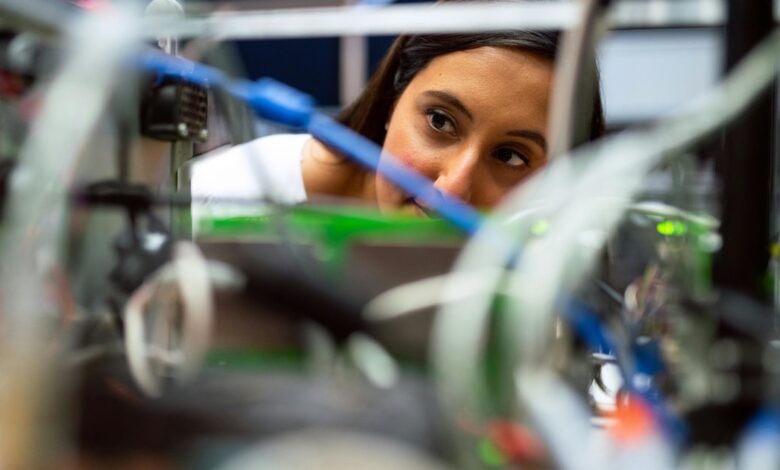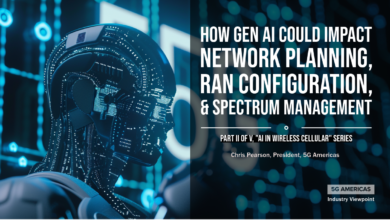5 workforce and automation trends to reckon with in the early generative AI era

Weighing opportunities vs. challenges presented by AI and automation, business analysts have found Europe and the United States in pretty much the same boat.
However, America may begin to pull away with the opportunities on the strength of three differentiators: its broader base of private-sector tech companies, that sector’s momentum in AI innovation and Washinton’s relatively lighter touch with technology regulation compared with the more cautious climates in Brussels and London.
These are among the key insights ascertained from a reading of a McKinsey Global Institute report posted May 21.
“Amid tightening labor markets and a slowdown in productivity growth, Europe and the United States face shifts in labor demand spurred by AI and automation,” the McKinsey experts write. “Our updated modeling of the future of work finds that demand for workers in STEM-related, healthcare, and other high-skill professions [will] rise, while demand for occupations such as office workers, production workers, and customer service representatives [will] decline.”
Projecting that as much as 30% of current hours worked may be automated by the end of this decade—thanks largely to generative AI—McKinsey advises watching for shifts in employment demand to soon enough become the new normal. Here are five highlights from an online summary of the full report.
1. Demand will change for a range of occupations through 2030, including growth in STEM- and healthcare-related occupations, among others.
Europe and the United States face shifts in labor demand spurred not only by AI and automation but also by efforts to achieve net-zero emissions, an aging population, infrastructure spending, technology investments and growth in e-commerce, the May 21 report states. More:
‘Our analysis finds that demand for occupations such as health professionals and other STEM-related professionals [will] grow by 17% to 30% between 2022 and 2030.’
2. Automation boosted by generative AI will force millions of occupational transitions by 2030.
McKinsey’s economic modeling suggests that roughly 20% of hours worked could be automated even without gen AI, “implying a significant acceleration,” the authors write. By 2030, they project, Europe could require up to 12 million occupational transitions, affecting 6.5% of current employment. In the United States, required transitions could reach almost 12 million, affecting 7.5% of current employment.
‘Unlike Europe, this magnitude of transitions is broadly in line with the prepandemic norm.’
3. Organizations will need a major skills upgrade.
The occupational transitions noted above herald substantial shifts in workforce skills in a future in which automation and AI are integrated into the workplace, the authors remark. Demand for social and emotional skills could rise by 11% in Europe and by 14% in the United States, they add.
‘Underlying this increase is higher demand for roles requiring interpersonal empathy and leadership skills. These skills are crucial in healthcare and managerial roles in an evolving economy that demands greater adaptability and flexibility.’
4. Retraining will be key to supplying needed skills and adapting to the new work landscape.
Executives surveyed by McKinsey for the May report tend to worry they won’t be able to find the right skills by 2030. More than 25% of respondents believe failing to capture needed skills “could directly harm financial performance and indirectly impede efforts to leverage value from AI.” To acquire the skills they need, McKinsey points out, organizations have three main options—retraining, hiring and contracting.
‘Executives are looking at all three options, with retraining the most widely reported tactic planned to address the skills mismatch. On average executives so inclined said they would retrain 32% of their workforce.’
5. Enhancing human capital at the same time as deploying technology could boost annual productivity growth.
Organizations and policy makers have choices to make. The way they approach AI and automation, along with human capital augmentation, will affect economic and societal outcomes, the McKinsey report authors comment. “Making full use of the advantages on offer from technology,” they emphasize, “will require paying attention to the critical element of human capital.” The authors conclude:
‘In the best-case scenario, workers’ skills will develop and adapt to new technological challenges. Achieving this goal in our new technological age will be highly challenging—but the benefits will be great.’
The executive summary includes a link to a PDF of the full report.



